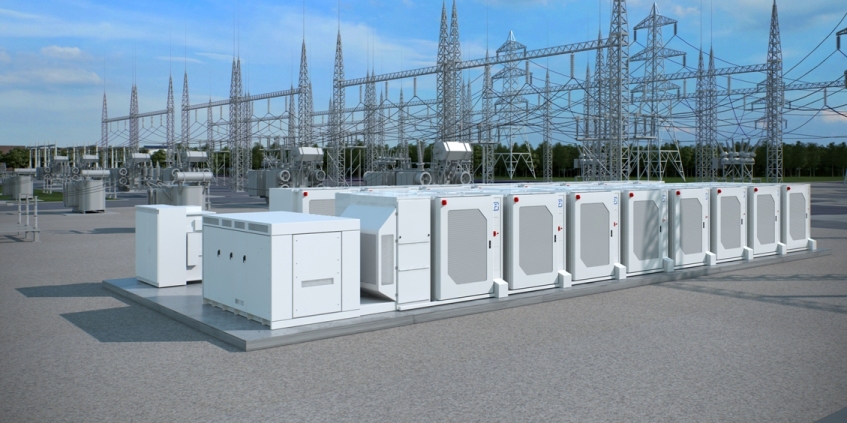The Union power ministry, in its order dated June 21, 2021, has extended the waiver on interstate transmission charges, applicable to electricity generated from solar and wind power projects.
The order stipulates that the waiver will now be applicable to wind and solar power projects commissioned up to June 30, 2025. The earlier timeline for such a waiver was June 30, 2023.
Besides, the waiver would now also be allowed for hydro pumped storage plants (PSP) and battery energy storage systems (BESS), commissioned till June 30, 2025.
The waiver on PSP and BESS would be available subject to the following conditions:
- at least 70 per cent of the annual electricity requirement for pumping of water in the hydro pump storage plant is met by electricity generated from solar and/or wind power plants
- at least 70 per cent of the annual electricity requirement for charging of the BESS is met by electricity generated from solar and/or wind power plants
Electricity trading
The waiver of transmission charges will also be allowed for trading in electricity generated (or supplied) from solar, wind, PSP and BESS plants, on the Green Term Ahead Market (GTAM) and Green Day Ahead Market (GDAM), for two years, which is up to June 30, 2023. This arrangement will be reviewed on annual basis depending on future developments in the power market, the power ministry order said.
Industry analysts believe that this waiver will boost trading of green electricity on power exchanges. It may be mentioned that power exchanges like IEX and PXIL have recently introduced short-term green electricity trading platforms.
The power ministry has clarified that the waiver is applicable to transmission charges only, and not losses.
Gradual levy
In the case of PSP and BESS, the levy of ISTS charges, whenever applicable, will be done gradually. For the first five years of operations, the charges will be 25 per cent of STOA (short term open access) charges. In the next three years, charges will be 50 per cent of STOA. For every three-period, there will be an increase of 25 per cent, so as to reach 100 per cent of STOA from the twelfth year onwards.
(Featured photograph, sourced from Fluence Energy, shows a battery energy storage system for illustration purpose only)

